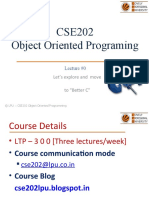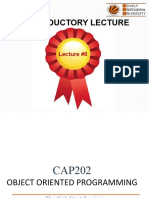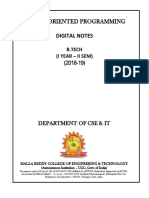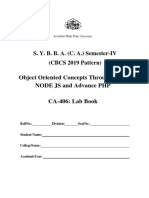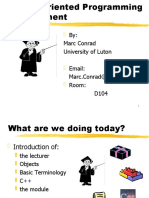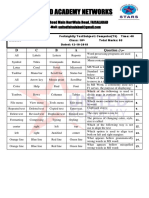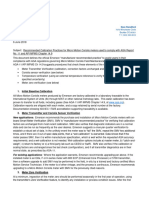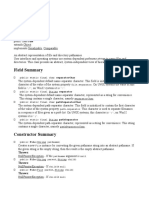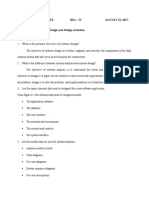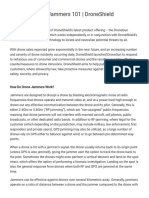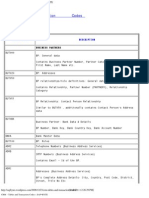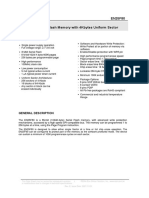0% found this document useful (0 votes)
225 views43 pagesCse202 C++ Programming Syllabus
The document outlines the course CSE202: Object Oriented Programming, detailing its structure, outcomes, assessment model, and key features of C++. It emphasizes the importance of C++ in software development, highlighting its object-oriented principles such as encapsulation, inheritance, and polymorphism. Additionally, it discusses the historical context of C++ and its applications in various industries.
Uploaded by
satishkumar182001Copyright
© © All Rights Reserved
We take content rights seriously. If you suspect this is your content, claim it here.
Available Formats
Download as PDF, TXT or read online on Scribd
0% found this document useful (0 votes)
225 views43 pagesCse202 C++ Programming Syllabus
The document outlines the course CSE202: Object Oriented Programming, detailing its structure, outcomes, assessment model, and key features of C++. It emphasizes the importance of C++ in software development, highlighting its object-oriented principles such as encapsulation, inheritance, and polymorphism. Additionally, it discusses the historical context of C++ and its applications in various industries.
Uploaded by
satishkumar182001Copyright
© © All Rights Reserved
We take content rights seriously. If you suspect this is your content, claim it here.
Available Formats
Download as PDF, TXT or read online on Scribd
/ 43


